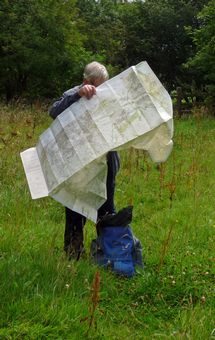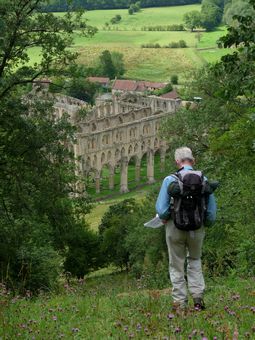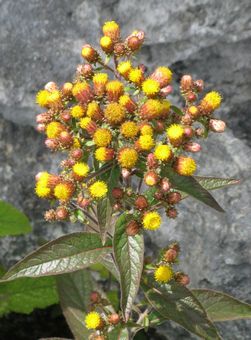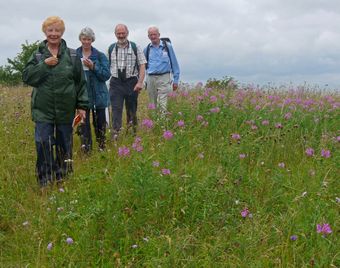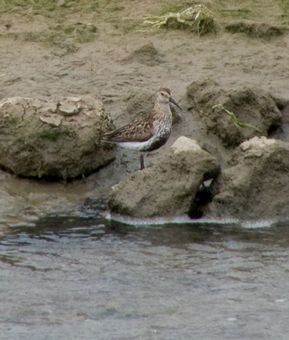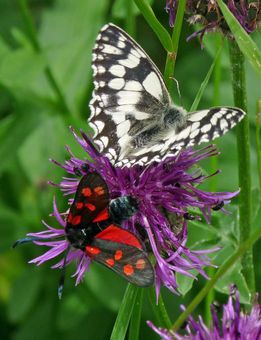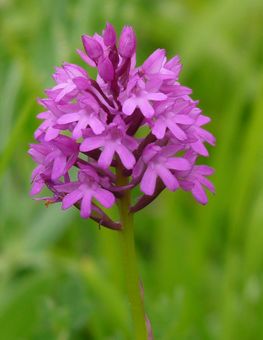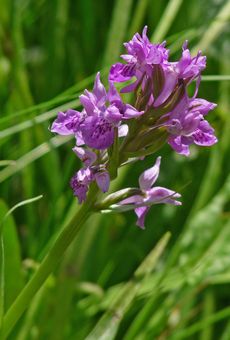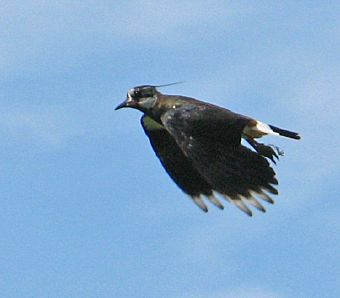WFV, Waters' Edge Country Park, 17th August 2010
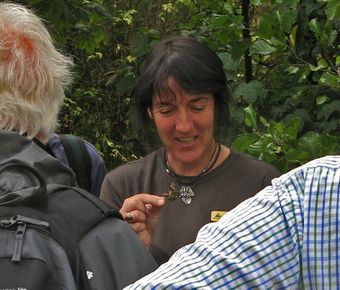 Ranger Sarah Shares Her EnthusiasmToday's trip was to South Humber/North Lincolnshire to visit Waters' Edge Country Park which is situated on the South bank of the River Humber - on the other side of the Humber Bridge. An almost full minibus of 14 members left Bradford in the hope that the amended weather forecast would be correct and that we would enjoy a dry day as opposed to the wet day that had originally been feared. We were lucky and the sporadic bright intervals of the morning gave way to much longer spells of sunshine as the day progressed.
Ranger Sarah Shares Her EnthusiasmToday's trip was to South Humber/North Lincolnshire to visit Waters' Edge Country Park which is situated on the South bank of the River Humber - on the other side of the Humber Bridge. An almost full minibus of 14 members left Bradford in the hope that the amended weather forecast would be correct and that we would enjoy a dry day as opposed to the wet day that had originally been feared. We were lucky and the sporadic bright intervals of the morning gave way to much longer spells of sunshine as the day progressed.
Waters' Edge was created about 10 years ago from the site of an old ICI chemical works and involved the removal of an incredible 400,000 tons of contaminated soil. Our Ranger guide, Sarah, had been involved almost from the start of the project and her enthusiasm for the site was abundently evident as she showed us round. Her guided tour was originally scheduled to last 2 hours in the morning but such was the enthusiasm of Sarah to show us the secrets of the site and to tap into the knowledge of Joan and our other experts about the plants which grow there that she finally ended up saying goodbye at 5.00pm!
Over a hundred plants were recorded - the highlight was undoubtedly the buttonweed which formed a carpet of yellow on the edge of a dry pond which Sarah was able to take us to off the beaten track. Other interesting plants were ploughman's spikenard and marsh cudweed, whilst an abundance of purple loosestrife and pungent fennel impressed.
We're not quite into the season of mists and mellow fruitfullness but fruits abounded and as Robert was with us today he, and others, were keen to taste bramble, crab apple, sea buckthorn and bullace whilst Amanda demonstrated how to eat sloes (not something that many of us tried!)
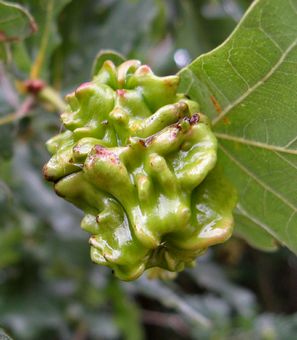 Knapper GallWe didn't spend much time on the banks of the river Humber which probably limited the bird count but 31 was nevertheless a reasonable total for the day. 11 butterfly species were seen, painted lady probably being the most surprising.
Knapper GallWe didn't spend much time on the banks of the river Humber which probably limited the bird count but 31 was nevertheless a reasonable total for the day. 11 butterfly species were seen, painted lady probably being the most surprising.
The cafe in the visitor centre provided lunch for some of the group but was closed by the time we finished our extended tour, although the staff in the centre stayed on after closing time to ensure that we had a comfort break before departure which was much appreciated. So ended an enjoyable day, made more so by the enthusiasm of Sarah who fights a never-ending battle with local hooligans who do not seem dampen her spirit - an impressive lady.
Thanks to our organisors and to Sue who led today's trip.
Stuart

